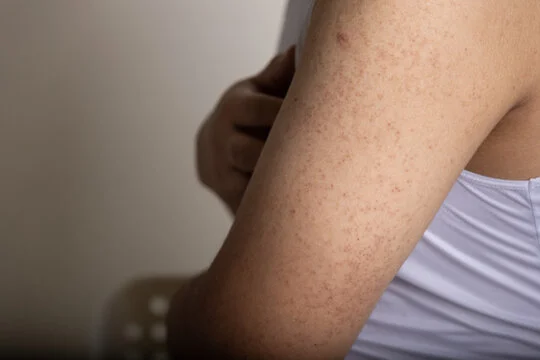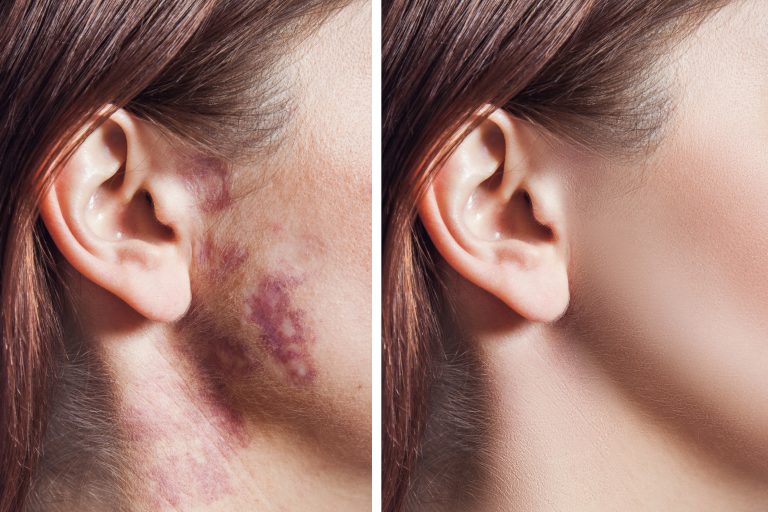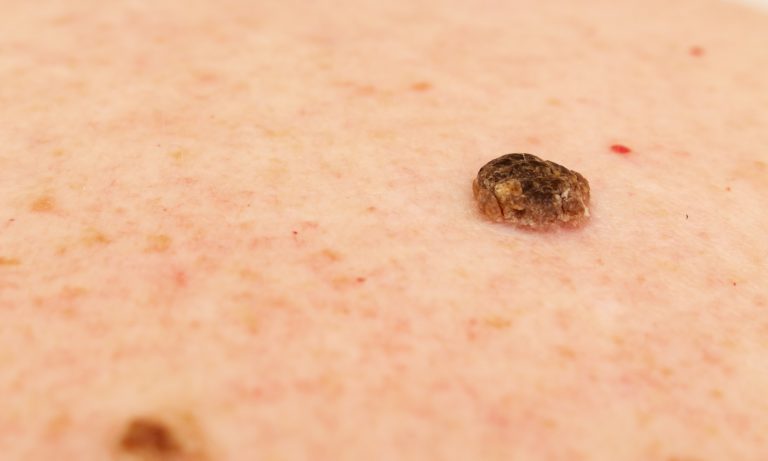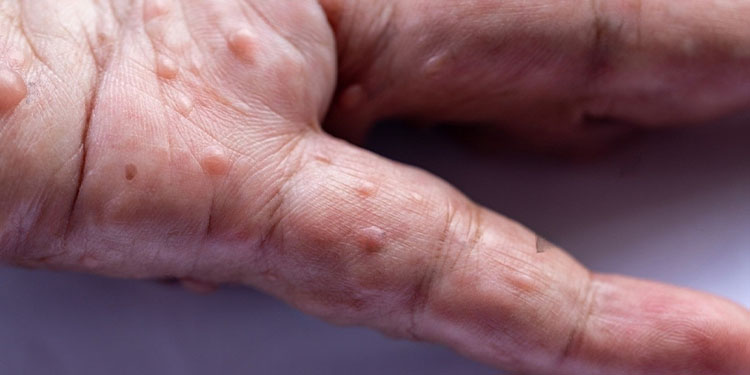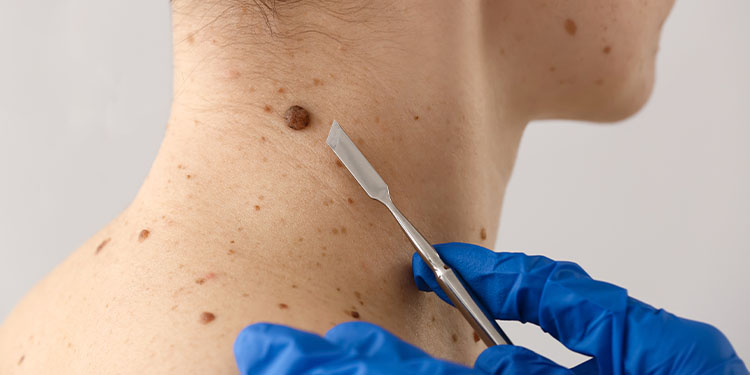Vitiligo is a skin disorder caused due to loss of pigments or skin colour. One of the primary symptoms of vitiligo is the formation of irregular white patches on the skin.
About 0.5 to 1% of the global population is affected by this rare non-fatal disorder. However, the social stigma attached to this skin condition leads to low self-esteem, anxiety, embarrassment, depression, and frustration amongst patients.
Although there is no cure to this lifelong skin disorder, with some informative steps, we can debunk the common myths surrounding vitiligo. In this post, we look at some facts about the condition as well as its causes and symptoms.
What Causes Vitiligo?

The following factors commonly contribute to vitiligo.
- Heredity or family history
- Autoimmune disorder
- Environmental conditions such as severe sunburn, stress, skin trauma, and contact with chemicals
Those suffering from vitiligo might be at a higher risk of developing hearing loss, eye problems, social distress, and sunburn.
Symptoms of Vitiligo

- Loss of skin colour in patches, which starts in the arms, face, and genitals
- Premature greying of hair, eyebrows, lashes, and beard.
- Loss of colour of tissues lining inside of the mouth and nose.
Vitiligo: Myths Vs Facts

Myth 1: Vitiligo is contagious.
Vitiligo is not infectious or contagious. You cannot get it from someone who is diagnosed with the condition. This misconception has contributed to poor self-image in people suffering from vitiligo, so it is important to be aware of this fact to make them feel more comfortable and battle the stigma.
Myth 2: Vitiligo happens to those with dark skin.
Vitiligo can happen to anyone with any skin colour. But it is more evident in people with darker skin than in those with naturally pale skin
Myth 3: Vitiligo spreads even more with certain food combinations like fish and milk.
No. Vitiligo is an autoimmune disease that has nothing to do with certain types of food combinations. There is no proof to show that combining fish and milk will cause skin disorder.
Myth 4: Vitiligo is caused in people with different or mixed-race parents.
No, race is not a contributing factor for vitiligo. You can develop this condition long after birth. Vitiligo emerges mostly in those below 20 years of age, and it can occur as you age, too.
Myth 5: Skin diseases are related to vitiligo.
Vitiligo is not caused by skin conditions like skin cancer or albinism. As stated earlier, the immune system attacks and kills the cells responsible for skin colour. This condition can happen to anyone without knowing the actual cause.
Myth 6: You can predict by looking at someone whether they will have vitiligo or not.
There exists no way to predict whether the person will have vitiligo or not. Its diagnosis entirely depends on medical history, physical examination, biopsy, and laboratory tests.
You also cannot pinpoint how extensive the disease is going to be. Vitiligo progresses over time – the white or discoloured patches may spread to the other body parts and become more extensive. In fact, some report a spread of depigmentation with prolonged periods of emotional or physical stress.
Myth 7: Vitiligo occurs only on exposed areas like the hand and face.
Vitiligo more commonly occurs in areas exposed to the sun like feet, face, and hands, but it can also occur in body opening like the navel, genitals, armpits, groin, etc. These white patches may also take place on the mucous membrane and retina of the eyes. Moreover, due to vitiligo, the hair can also turn white or grey.
Myth 8: People with vitiligo are prone to physical and mental disabilities.
Vitiligo is more common in people with autoimmune disorders. People diagnosed with the disorder are not physically or mentally disabled. But they develop life-altering conditions such as alopecia, hyperthyroidism, adrenocortical insufficiency, pernicious anaemia, etc.
People suffering from vitiligo should regularly visit a doctor to check for the same, including a potential risk of other conditions.
Myth 9: Oils or supplements can cure vitiligo.
There is no cure for vitiligo, and rubbing oils or taking supplements will not diminish the patches. But some surgeries may be used to lower the appearance of spots. These include
- Cellular grafting
- UV therapy
- Surgical skin grafting
Plus, some people conceal the affected area with makeup. In case you are looking for an appropriate treatment option, consult your doctor to pick one that best suits your needs.
Myth 10: Vitiligo heals by itself.
Vitiligo does not heal or vanish by itself. It requires proper care with years of specialisation to carry out its treatment. If not treated on time, it will gradually keep on spreading to form new patches or increase the size of existing ones.
Make sure to consult your doctor to keep this situation in check and take recommended actions to prevent it from spreading.
Skin Care Tips for Vitiligo Patients

- Protect your skin from the sun when you step out with hats, sunglasses, and sunscreen.
- Prevent your skin from cuts and injuries as it can develop new vitiligo patches.
- Avoid tanning.
- Avoid getting tattoos.
- Eat a balanced diet and avoid stress.
It’s essential to keep a check over this condition and pay regular visits to your doctor or dermatologist to prevent the patches from spreading even more.
In Closing

There is no permanent cure for vitiligo. But with advancement in technology, certain procedures and treatments like laser therapy, skin grafting, etc., can help treat the condition.



